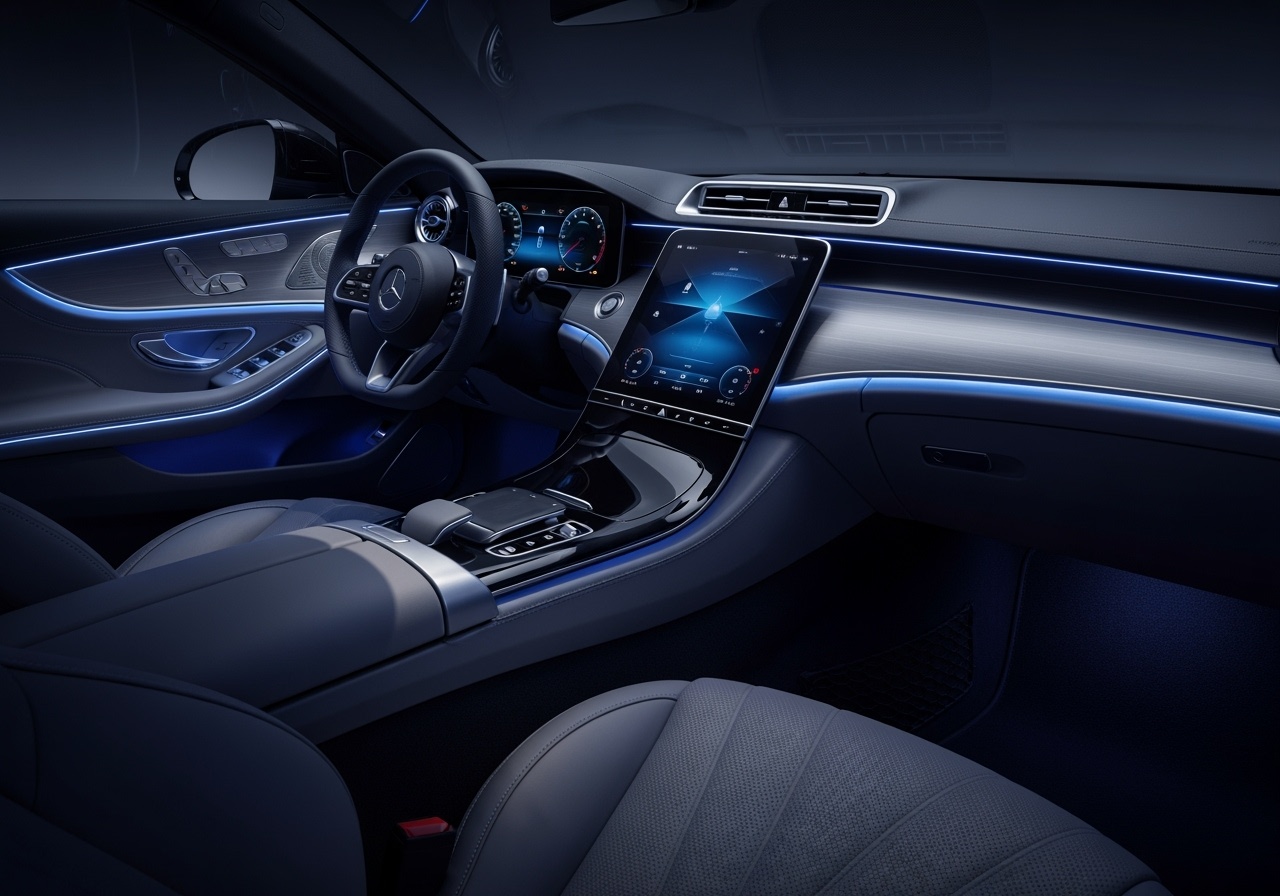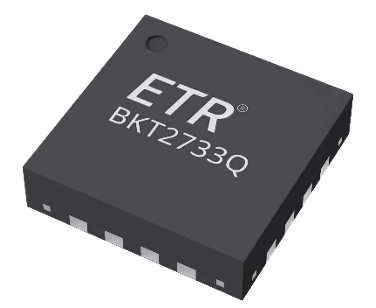

SEARCH

MENU
-
Products
- Application Type Videos & Brochures
-
Automotive
Consumer Electronics
Occupancy Monitor System

Occupancy Monitor System
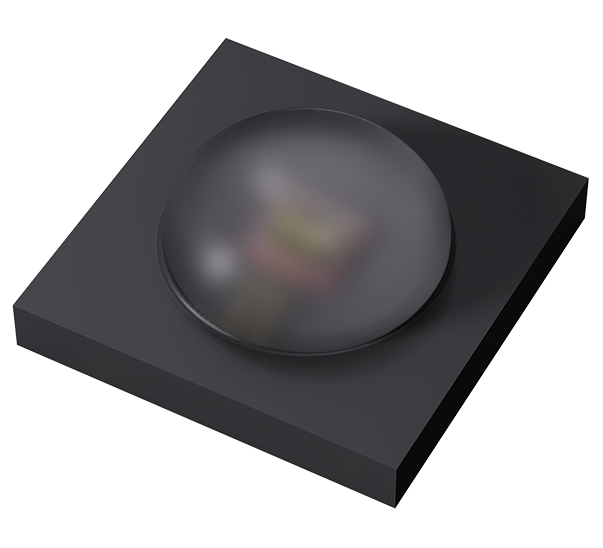
Power Dome LED 3838 130°/150°
An AEC Q102 Qualified solution, engineered with low thermal resistance...
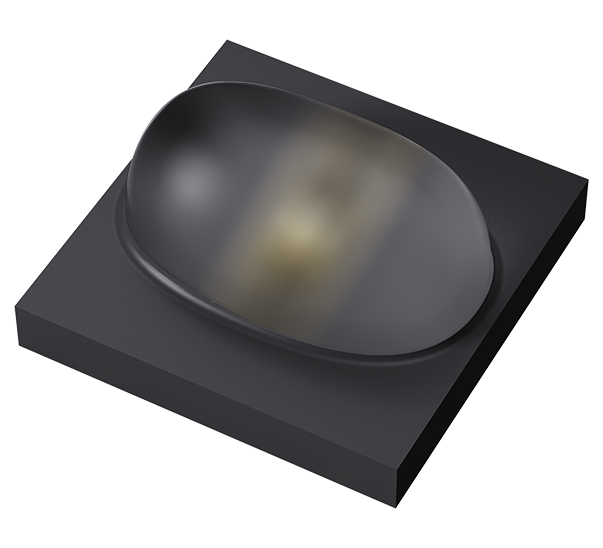
Power Asymmetric LED 3838 150°x90°
The Power Asymmetric LED 3838 150°x90° IR LED features a beam angle of...
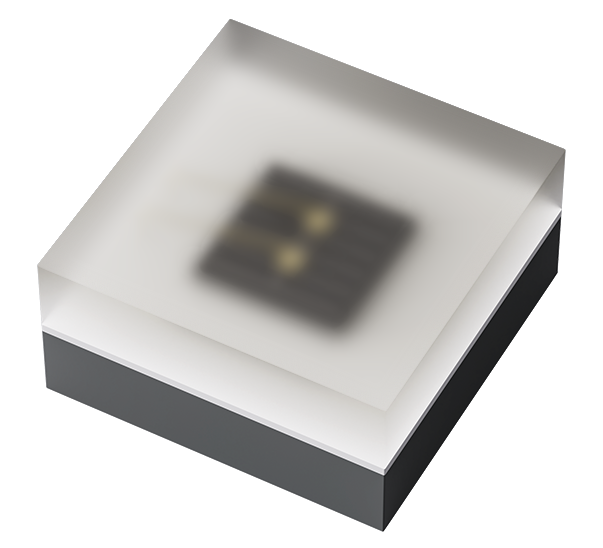
Power Flat LED 1616 130°
The Power Flat LED 1616 130° IR LED features a beam angle of 130° and ...
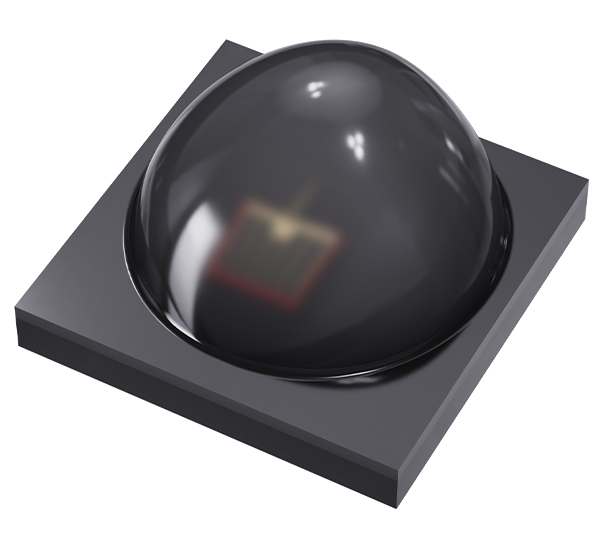
Power Off-Axis LED 3838 135°x35°
The Power Off-Axis LED 3838 135°x35° IR LED features a beam angle of 1...
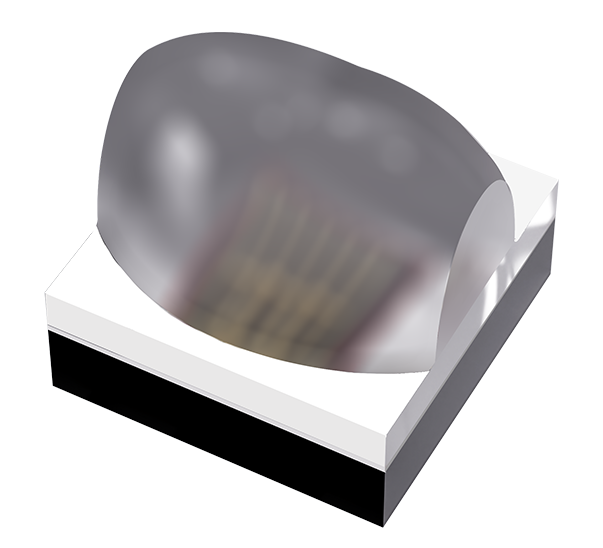
Power Asymmetric LED 1616 110° x 130°
The Power Asymmetric LED 1616 110° x 130° infrared (IR) LED has a beam...
Driver Monitor System

Driver Monitor System
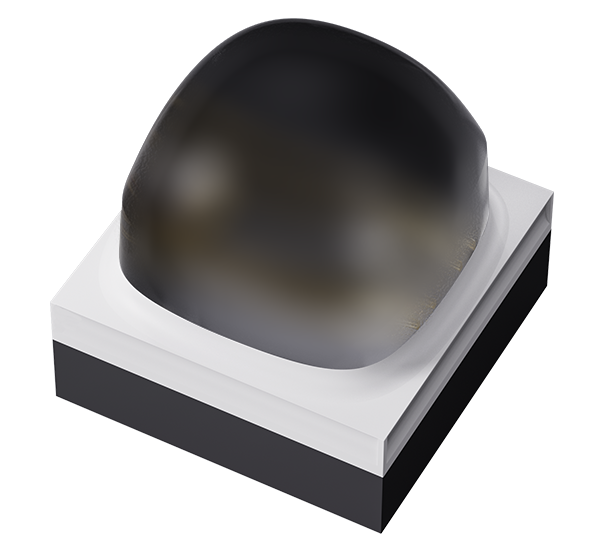
Power Dome LED 1616 80°
AEC Q102 Qualified series, engineered with low thermal resistance and ...
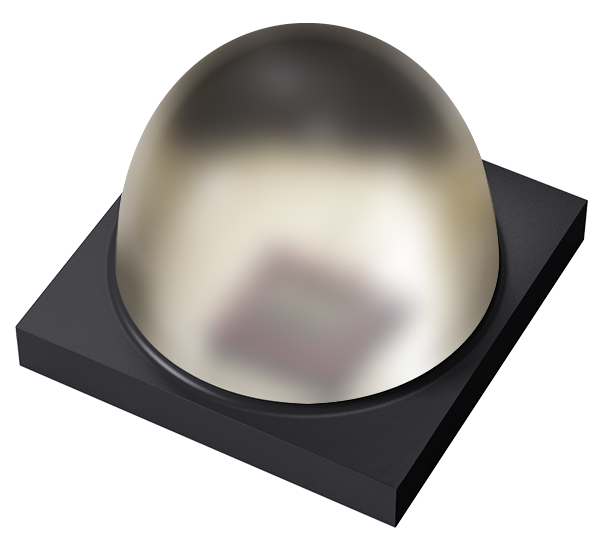
Power Dome LED 3838 40°/50°
Rated Class 3B for corrosion robustness, perfectly suited for Driver ...
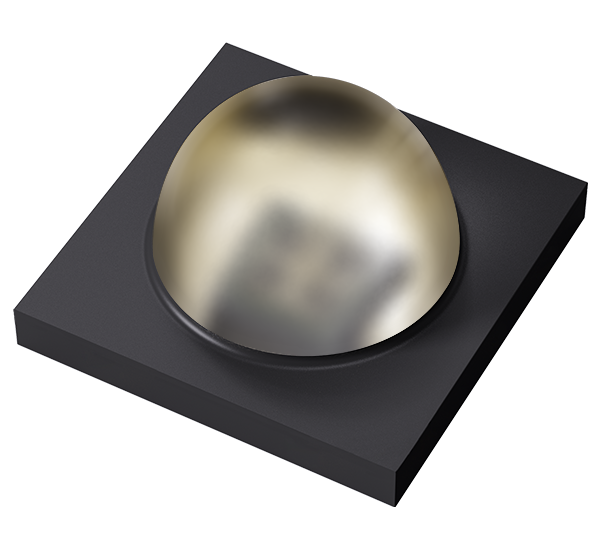
Power Dome LED 3838 80°/90°
Perfectly tailored for Driver Monitor Systems and security application...
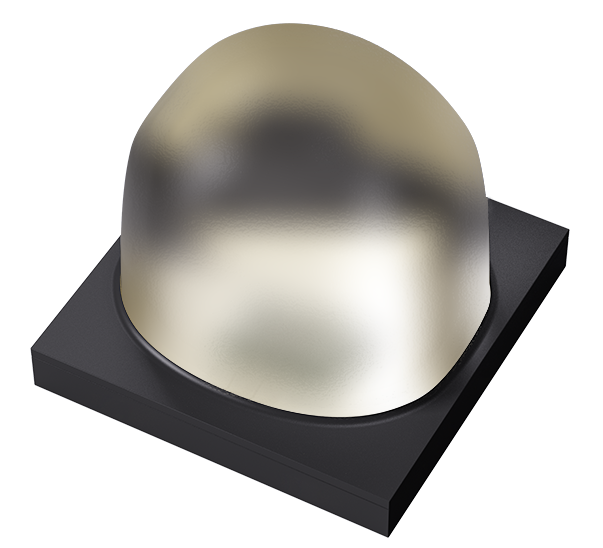
Power Asymmetric LED 3838 45°x 25°
The Power Asymmetric LED 3838 45°x25° IR LED features a beam angle of ...

Power Off-Axis LED 3838 135°x35°
The Power Off-Axis LED 3838 135°x35° IR LED features a beam angle of 1...

Power Asymmetric LED 1616 110° x 130°
The Power Asymmetric LED 1616 110° x 130° infrared (IR) LED has a beam...
Ambient Lighting
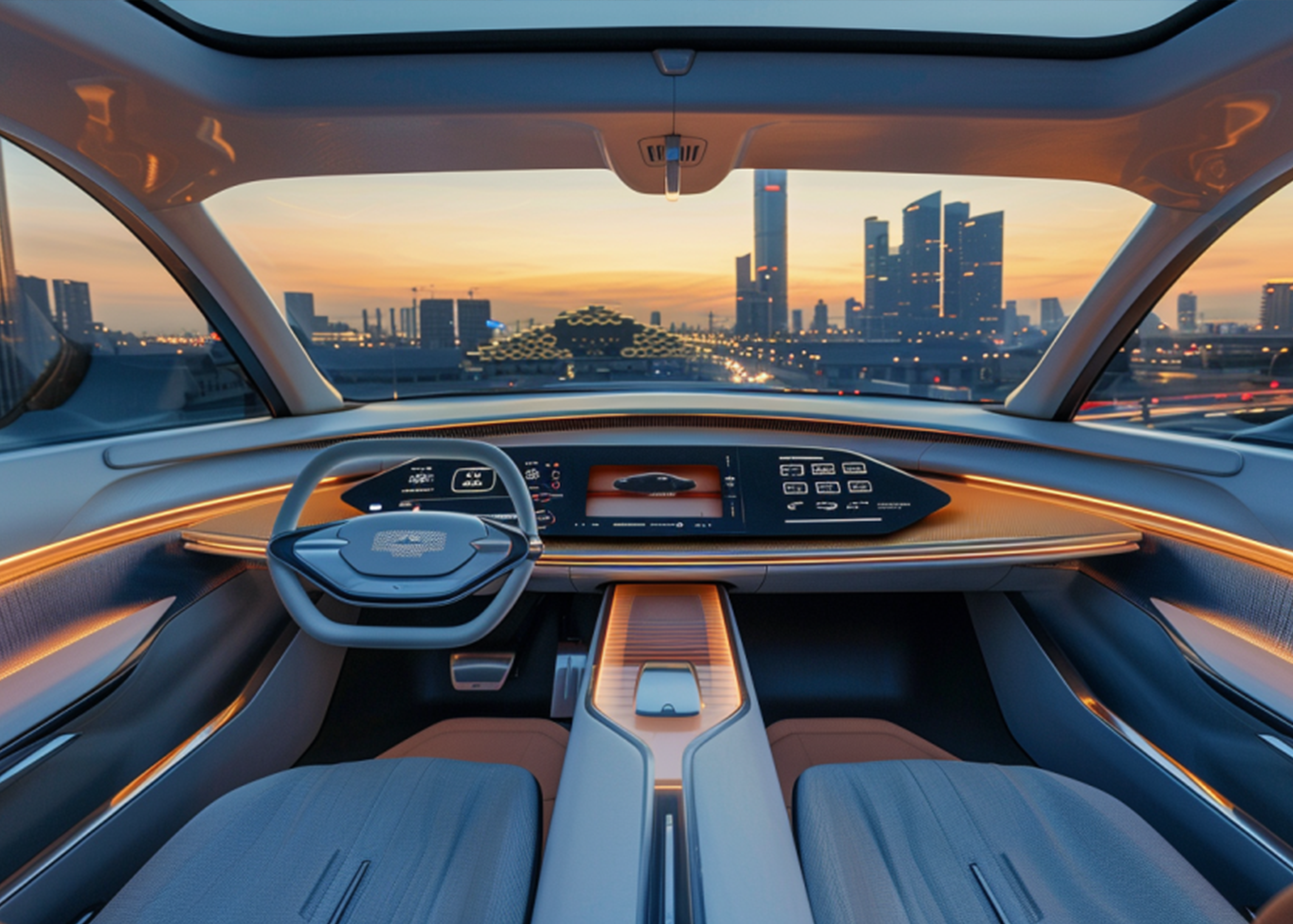
Ambient Lighting
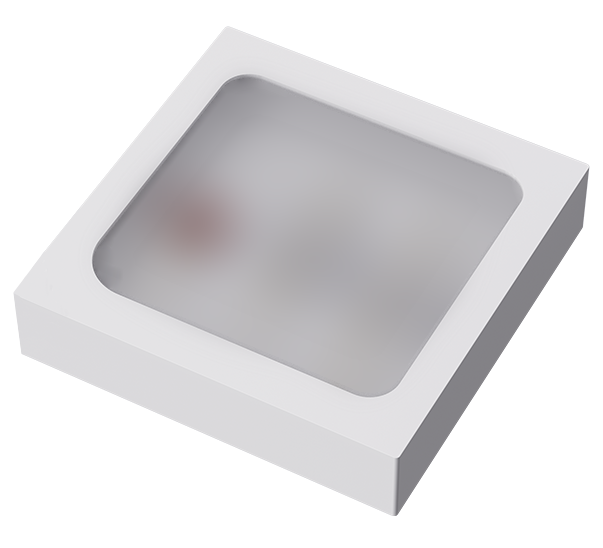
TOP LED 3030 RGB
Elevate your ambiance with our mid-power RGB LED, seamlessly coupling ...
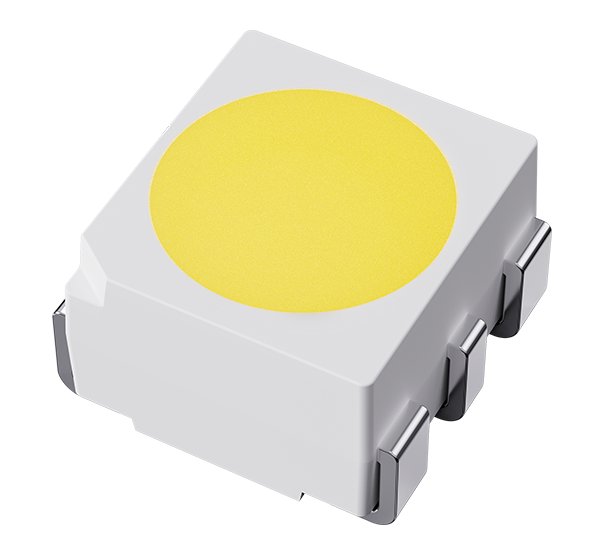
TOP LED 3433
PLCC chips in red and amber, offering high color purity for functional...
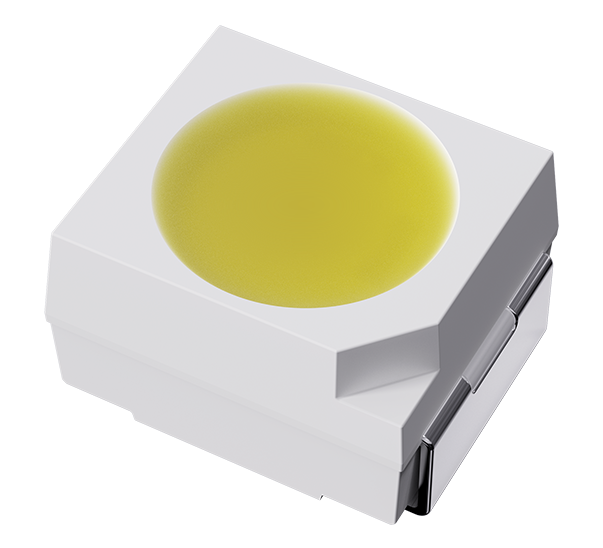
TOP LED 3528
Conventional PLCC2 product series covering various color selections an...
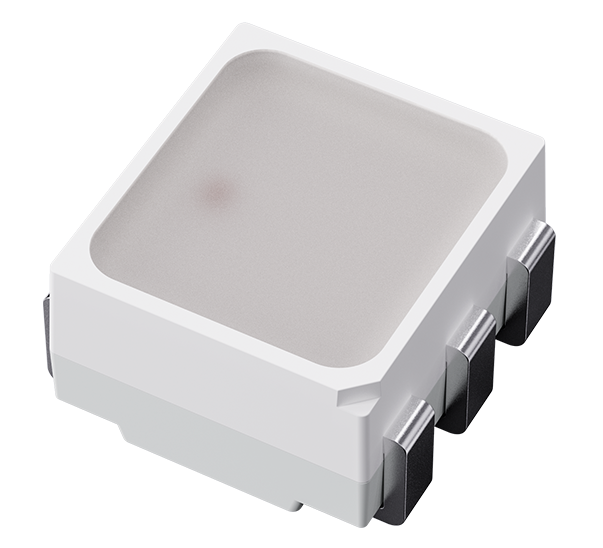
TOP LED 3433 RGB
0.2W PLCC6 RGB series, ideal for creating a variety of colors in ambie...
ICLED EVO 3838
A Revolutionary series of ICLED, redefining ambient lighting, featurin...
Interior Lighting
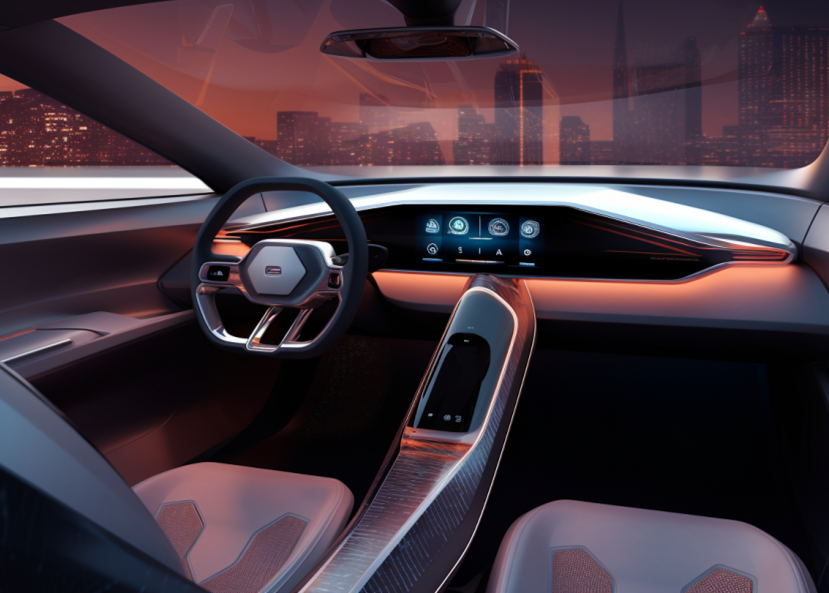
Interior Lighting

TOP LED 3030 RGB
Elevate your ambiance with our mid-power RGB LED, seamlessly coupling ...

TOP LED 3528
Conventional PLCC2 product series covering various color selections an...
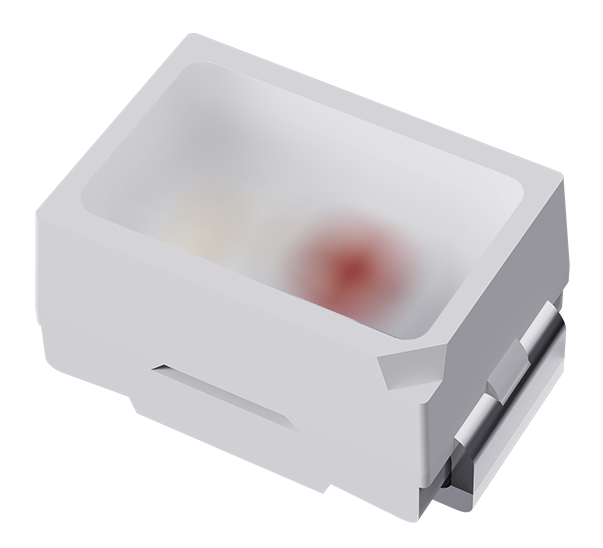
TOP LED 2214
Conventional PLCC2 product series, featuring a range of colors and ada...
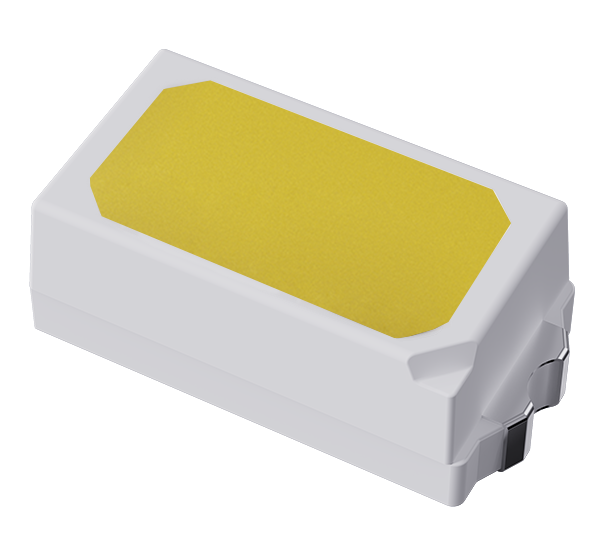
TOP LED 1608
Conventional PLCC2 product series, ideal for exterior applications.

ICLED EVO 3838
A Revolutionary series of ICLED, redefining ambient lighting, featurin...
Exterior Lighting

Exterior Lighting
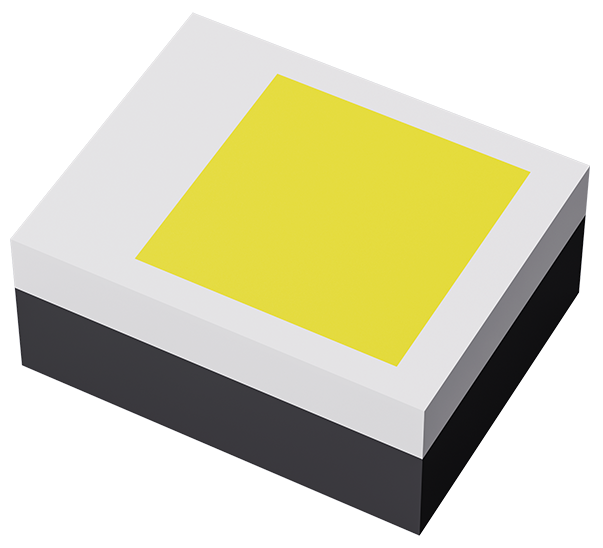
Power TOP LED 1519
Compact package with chip scale optical window for easily introducing ...
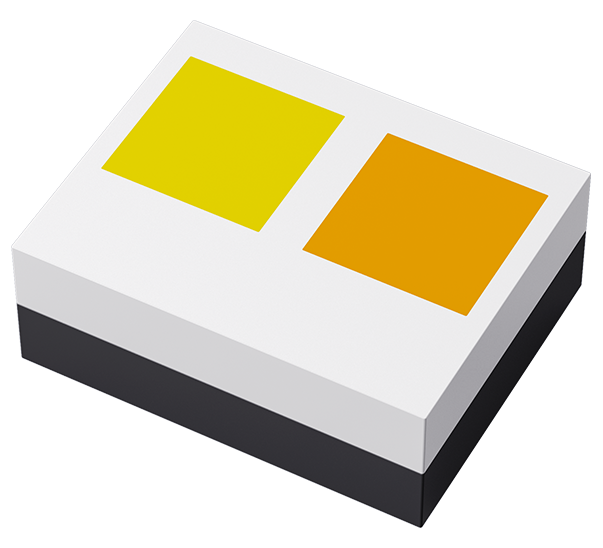
TOP LED 1519 Dual
Compact dual color package with chip scale optical window which is ben...
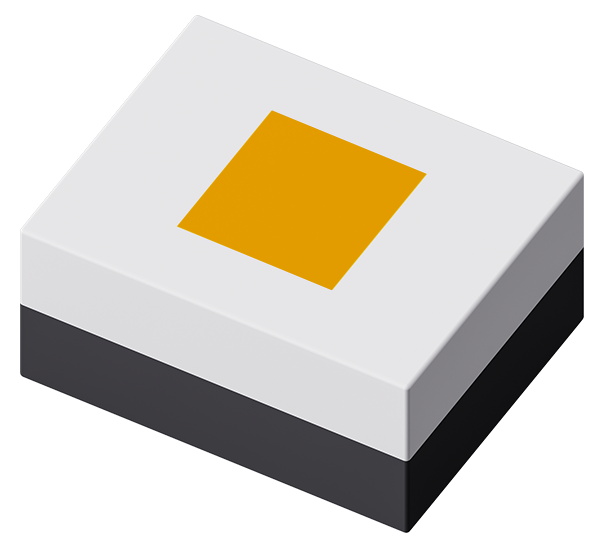
TOP LED 1519
Robust ceramic 0.5-1W LED, Ideal for design of daytime running and tur...
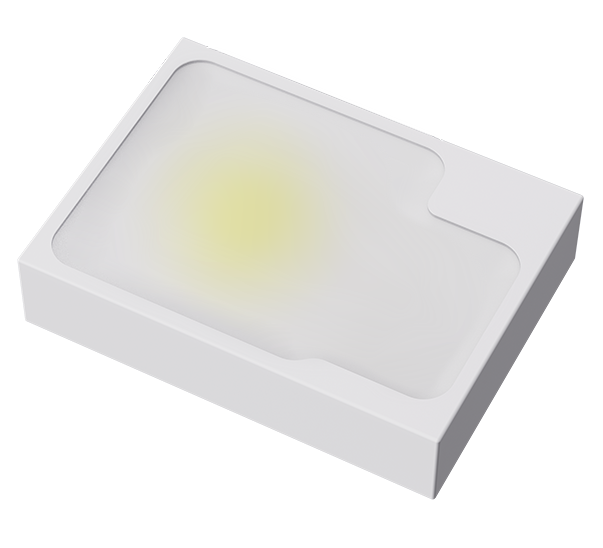
TOP LED 2720
Compact EMC products for rear lighting, offering a balanced selection ...

TOP LED 3433
PLCC chips in red and amber, offering high color purity for functional...

TOP LED 3433 RGB
0.2W PLCC6 RGB series, ideal for creating a variety of colors in ambie...

Wearables
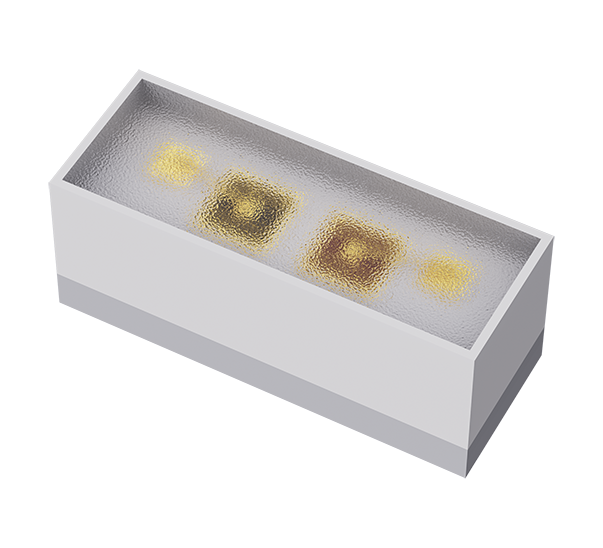
IRR LED 2008
SMT Assembly Ready: Effortlessly integrate into your production. Inde...
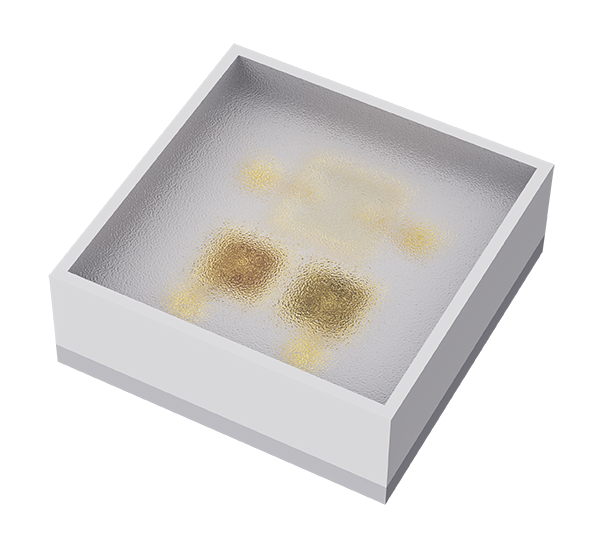
IRRG LED 2020
Suitable for SMT assembly, emitters can be controlled separately
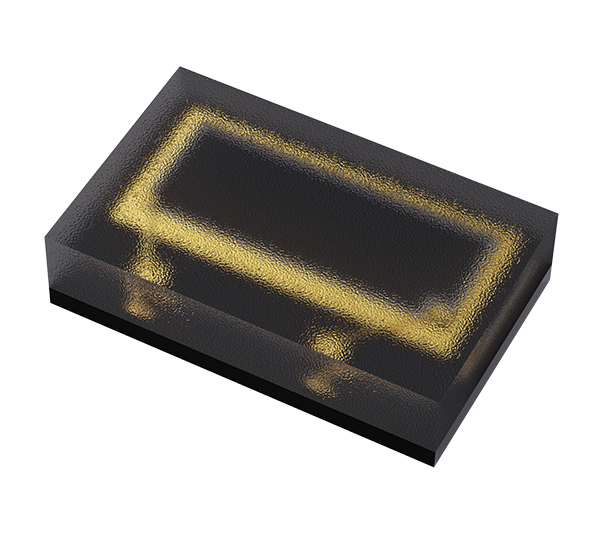
Photodiode 3220
Suitable for reflow soldering Especially suitable for applications fr...
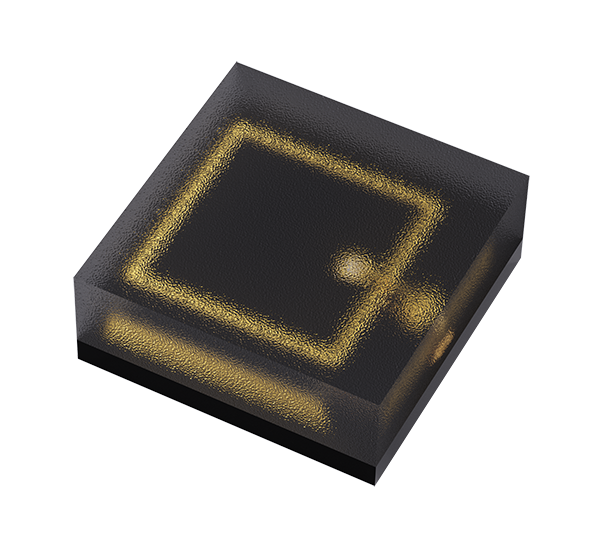
Photodiode 2020
Suitable for re-flow soldering Especially suitable for applications f...
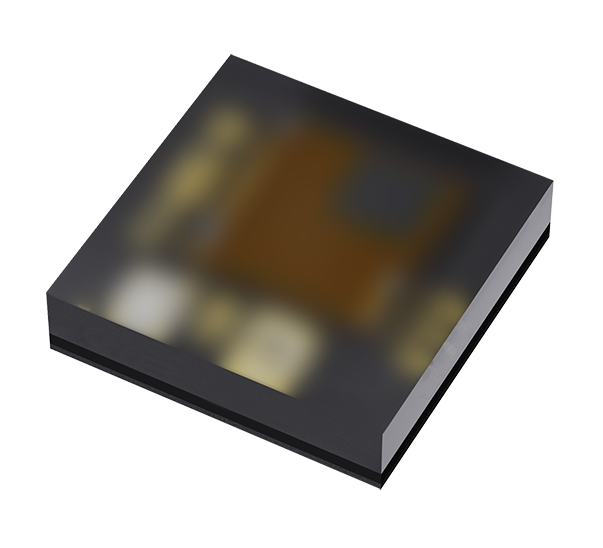
OTS 2020
Gaming

Gaming
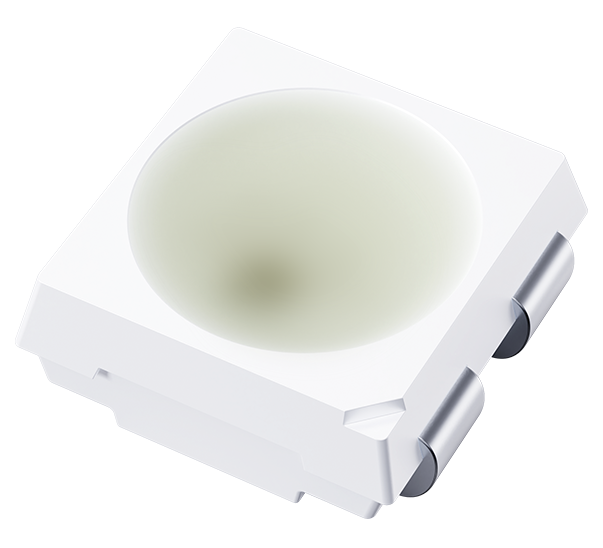
TOP ICLED 3535
Streamlining electrical circuit design for versatile color creation. W...
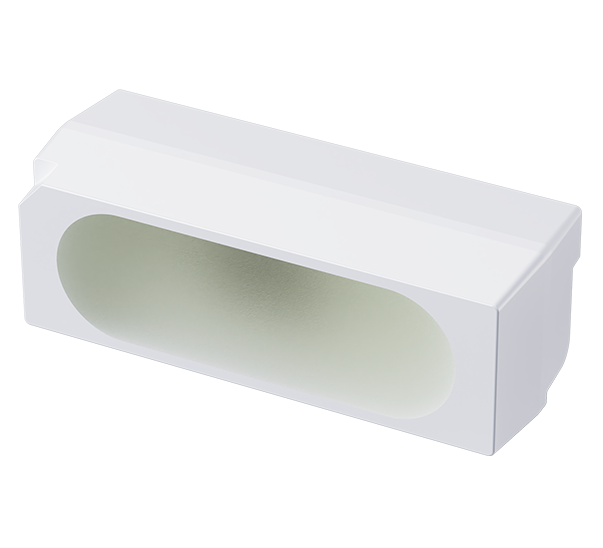
SIDE ICLED 4516
Side-view RGB ICLED, ideal for ambient light applications with an opti...
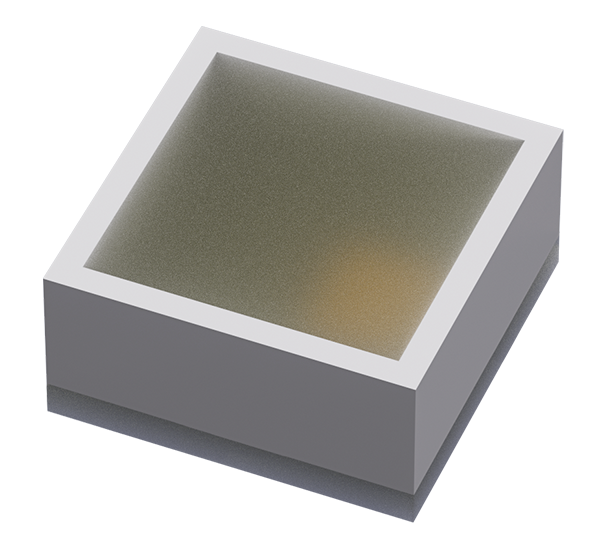
TOP ICLED 2020
Compact RGB ICLED for consumer, automotive, and display applications.
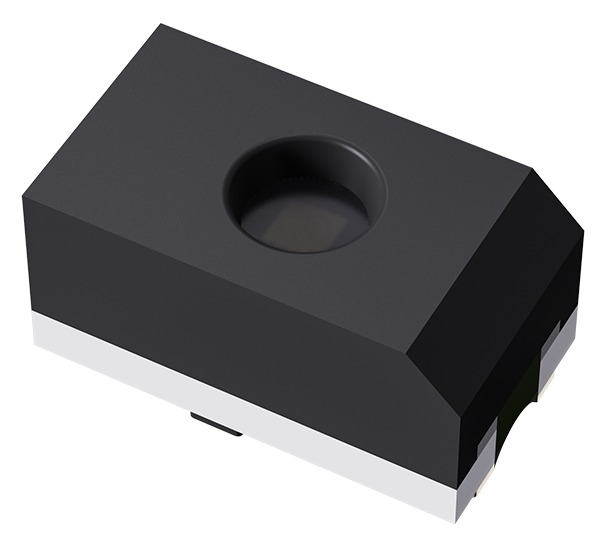
mini LED 0603
Enhance keyboard indicators with our high-brightness point emitter ser...
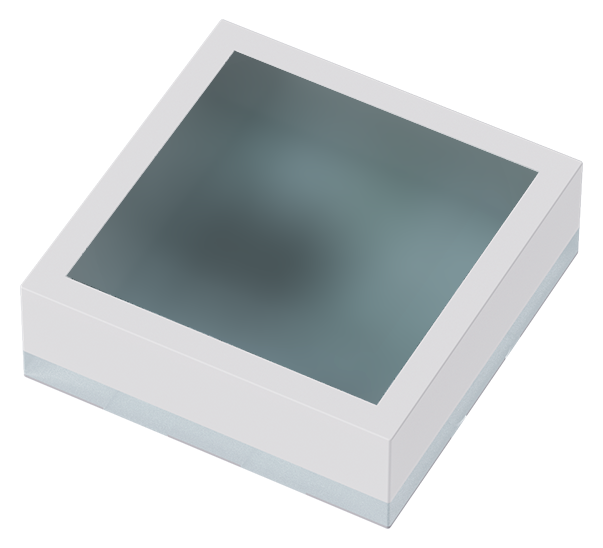
Mini ICLED 1212
The Mini ICLED 1212 delivers vibrant RGB performance in an ultra-compa...
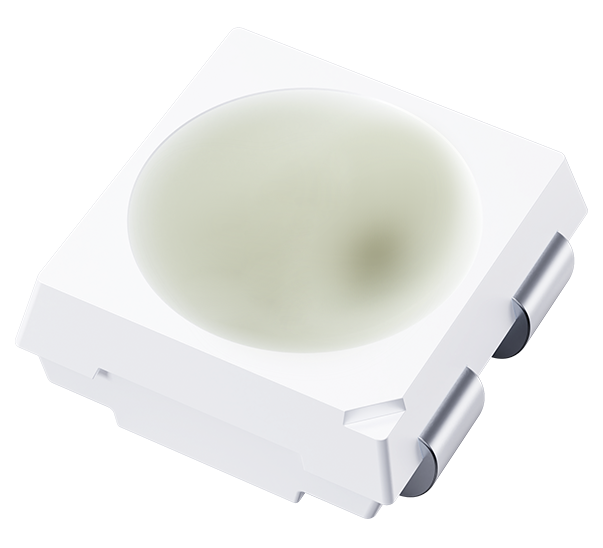
ICLED 5050
Experience brilliance with our high-brightness, large optical window I...
Security
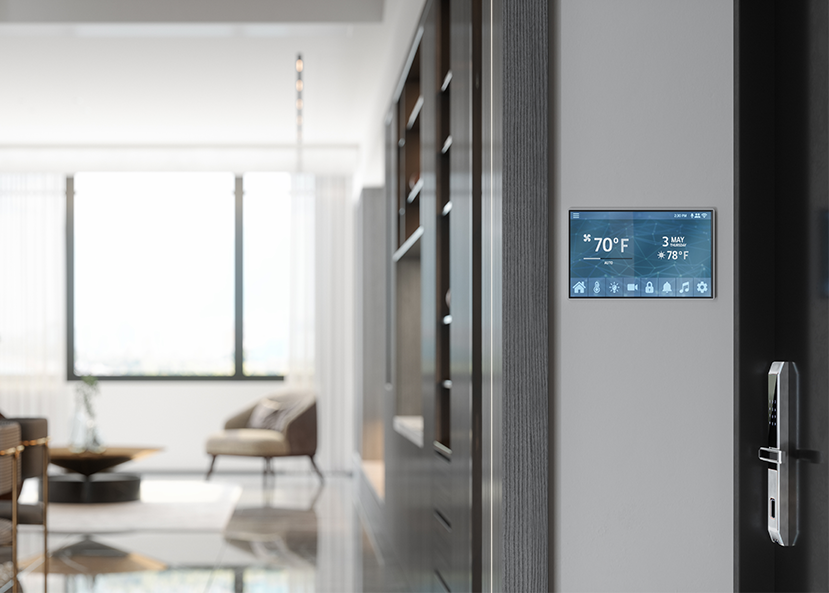
Security

Power Dome LED 1616 80°
AEC Q102 Qualified series, engineered with low thermal resistance and ...

Power Dome LED 3838 40°/50°
Rated Class 3B for corrosion robustness, perfectly suited for Driver ...

Power Dome LED 3838 80°/90°
Perfectly tailored for Driver Monitor Systems and security application...

Power Dome LED 3838 130°/150°
An AEC Q102 Qualified solution, engineered with low thermal resistance...

Power Asymmetric LED 3838 45°x 25°
The Power Asymmetric LED 3838 45°x25° IR LED features a beam angle of ...

Power Asymmetric LED 3838 150°x90°
The Power Asymmetric LED 3838 150°x90° IR LED features a beam angle of...
-
Visible Lighting
Invisible Lighting
Videos & Brochures
LEDs
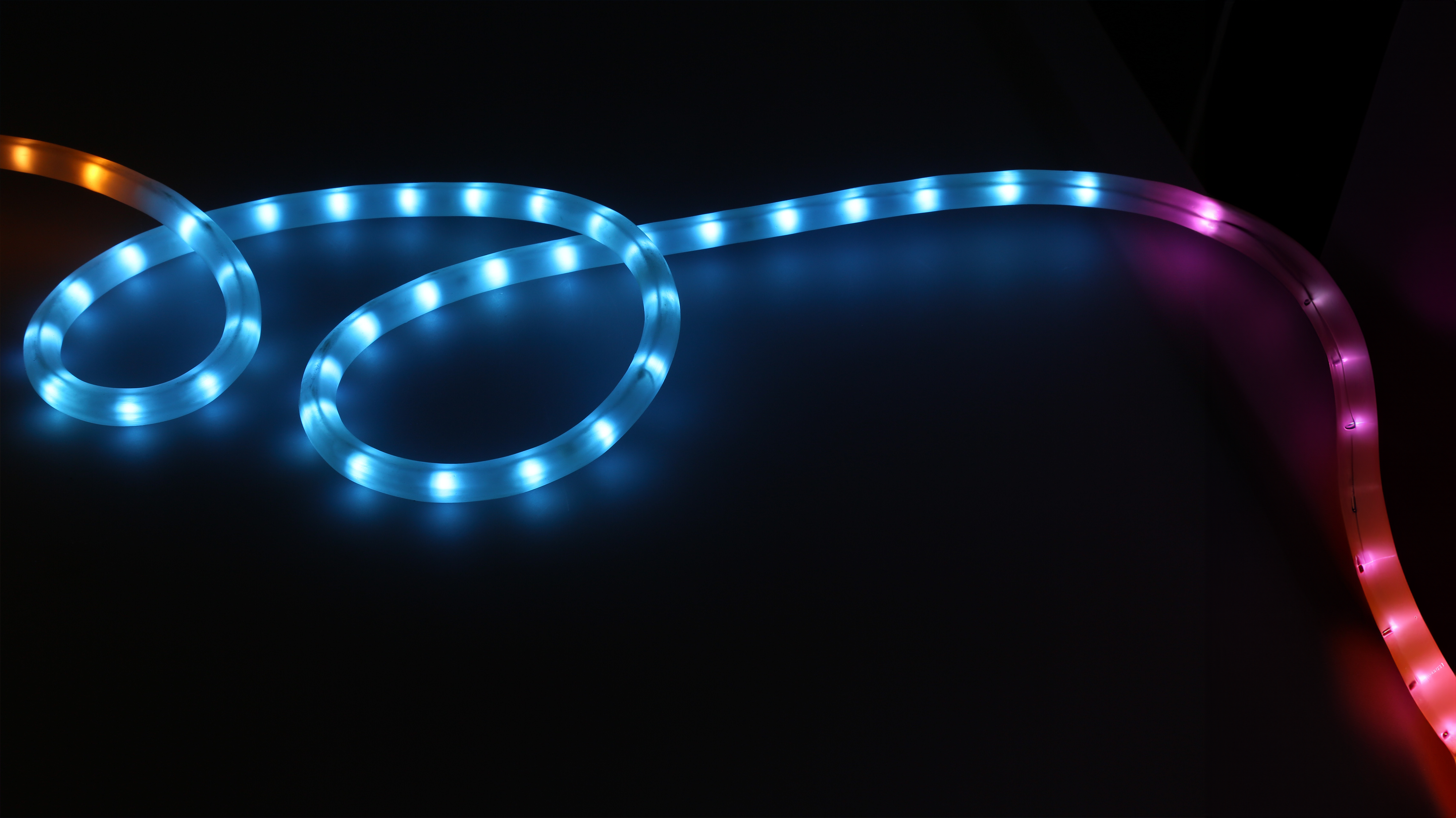
LEDs

SIDE LED 4516 RGB
Side-view RGB ICLED, ideal for ambient light applications with an opti...

TOP LED 3528
Conventional PLCC2 product series covering various color selections an...

TOP LED 1519
Robust ceramic 0.5-1W LED, Ideal for design of daytime running and tur...

TOP LED 1608
Conventional PLCC2 product series, ideal for exterior applications.

TOP LED 3433 RGB
0.2W PLCC6 RGB series, ideal for creating a variety of colors in ambie...

TOP LED 1519 Dual
Compact dual color package with chip scale optical window which is ben...
ICLEDs

ICLEDs

ICLED EVO 3838
A Revolutionary series of ICLED, redefining ambient lighting, featurin...

TOP ICLED 3535
Streamlining electrical circuit design for versatile color creation. W...

ICLED 5050
Experience brilliance with our high-brightness, large optical window I...

Mini ICLED 1212
The Mini ICLED 1212 delivers vibrant RGB performance in an ultra-compa...

TOP ICLED 2020
Compact RGB ICLED for consumer, automotive, and display applications.

SIDE ICLED 4516
Side-view RGB ICLED, ideal for ambient light applications with an opti...
IR LEDs
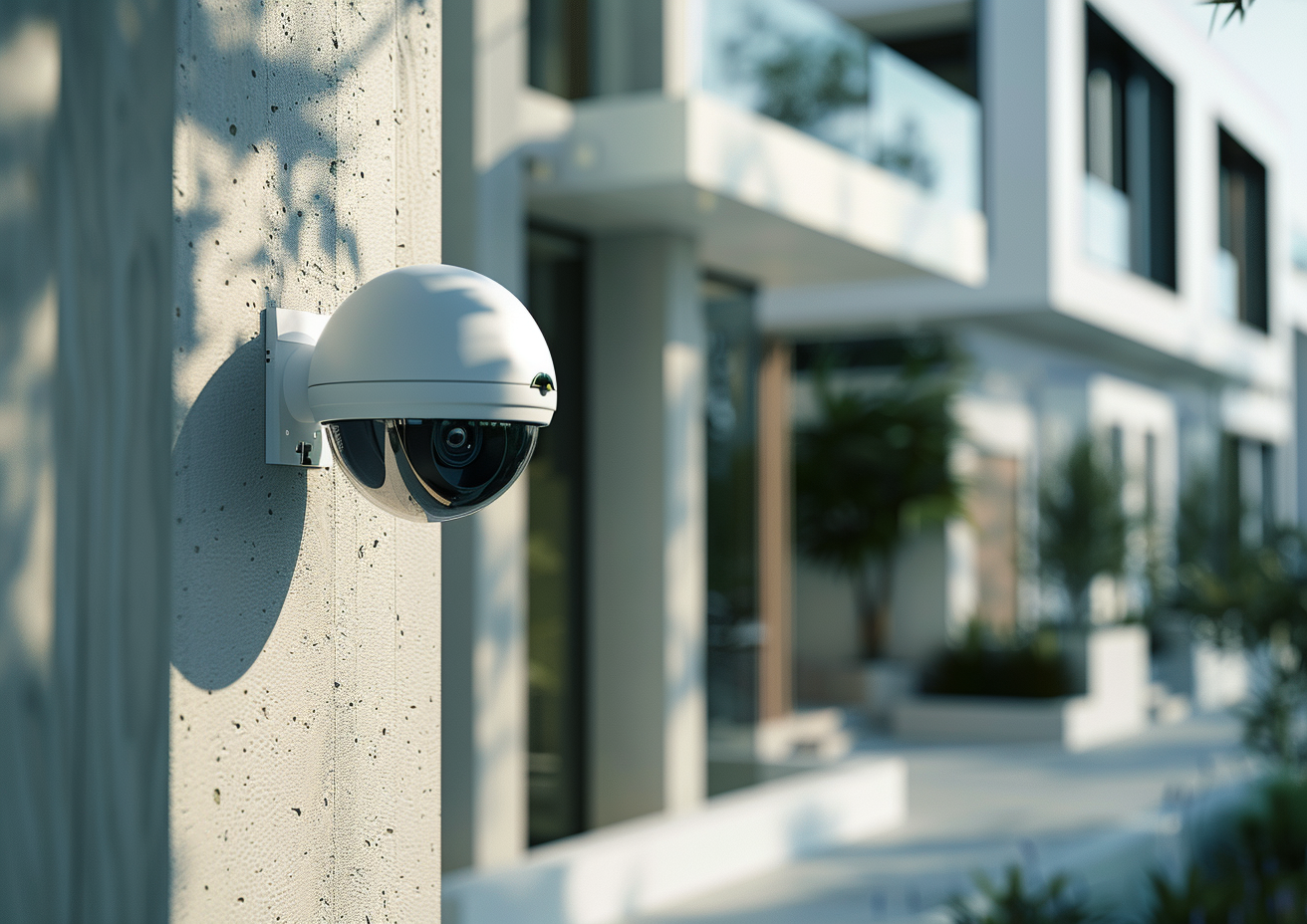
IR LEDs

Power Asymmetric LED 1616 110° x 130°
The Power Asymmetric LED 1616 110° x 130° infrared (IR) LED has a beam...

Power Off-Axis LED 3838 135°x35°
The Power Off-Axis LED 3838 135°x35° IR LED features a beam angle of 1...

Power Flat LED 1616 130°
The Power Flat LED 1616 130° IR LED features a beam angle of 130° and ...

Power Asymmetric LED 3838 150°x90°
The Power Asymmetric LED 3838 150°x90° IR LED features a beam angle of...

Power Asymmetric LED 3838 45°x 25°
The Power Asymmetric LED 3838 45°x25° IR LED features a beam angle of ...

Power Dome LED 3838 130°/150°
An AEC Q102 Qualified solution, engineered with low thermal resistance...

PPG

Photodiode 2020
Suitable for re-flow soldering Especially suitable for applications f...

Photodiode 3220
Suitable for reflow soldering Especially suitable for applications fr...

IRRG LED 2020
Suitable for SMT assembly, emitters can be controlled separately

IRR LED 2008
SMT Assembly Ready: Effortlessly integrate into your production. Inde...
-
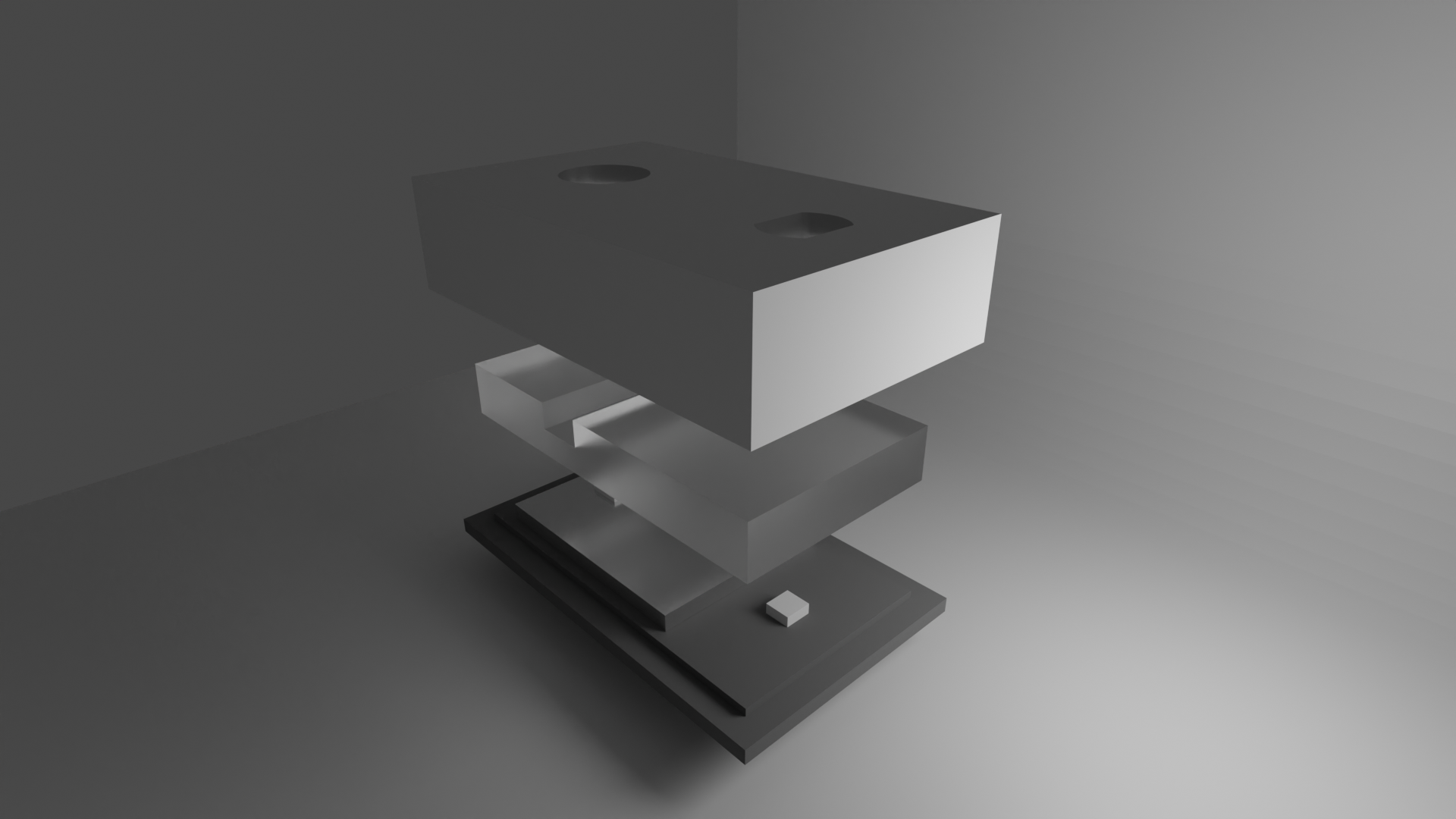
Browse our technical videos and product brochures to explore our latest innovations.
See More
-
News
- Press Release Company Blog Events
-
Latest News
Oct 01 , 2025
Brightek Launches LIN-Lite ICLED: Next-Generation Innovation for High-Efficiency Ambient Lighting for Automotive Interiors
Brightek Optoelectronics Co., Ltd. today announced the launch of its LIN-Lite module, featuring Brightek's exclusive design, LIN-Lite ICLED, an innovative solution designed to tran...
Read More -
Latest News
Oct 08 , 2025
ETR: The Next-Generation Smart CAN Transceiver for Centralized Control Systems
Introduction: The Evolution of CAN TransceiversFor decades, CAN transceivers have been the backbone of automotive and industrial communication systems. From controlling electronic...
Read More -
Upcoming Event
October, 29th-30th, 2025
DVN Shanghai Lighting Workshop
Shanghai, China.
Event Details
- Sustainability
-
About Us
- About Us Our ManagementBrightek's JourneyContact UsCareer
-

We are Brightek.
An experienced solutions provider for Optoelectronic Semiconductor Components & Sensing Products. The Headquarters and R&D center are located in Taiwan, with sales offices and service market spreading worldwide. -

Our Management
Brightek’s management team brings over 20 years of experience in the optoelectronics market and technology, driving innovation, quality, and customer success. -

-

-

Explore Our Job Opportunities
We are a big family,
Check out your fit!
open to various possibilities.
-
Investor Relations
- Investor Relations Financial ReportsInvestment OpportunitiesPerformance HistoryManagement Team
-

We Are The Future You Can Trust
Listed in Taiwan Stock Market
Stock Number: 5244 -

-

-

-





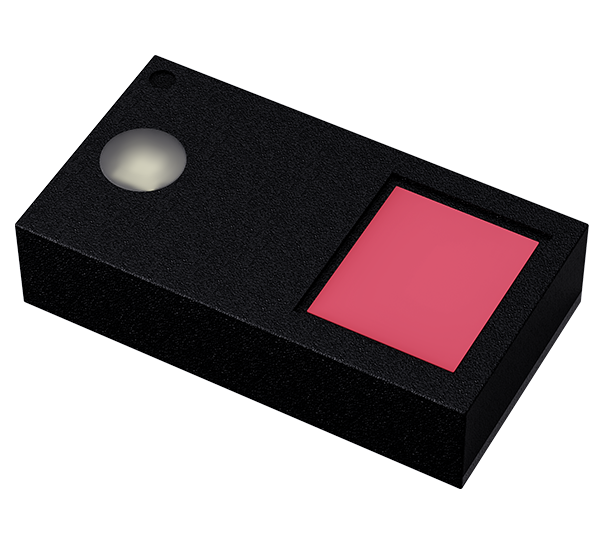
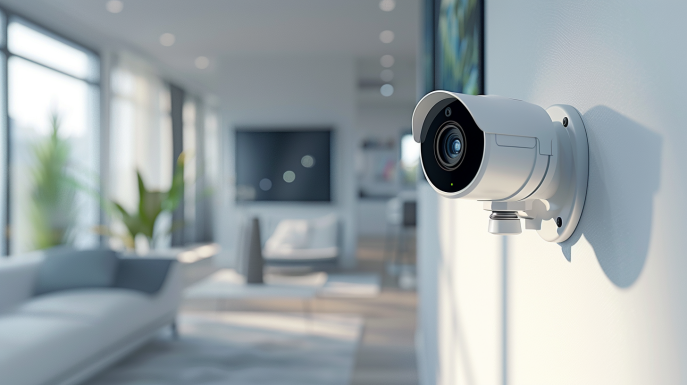
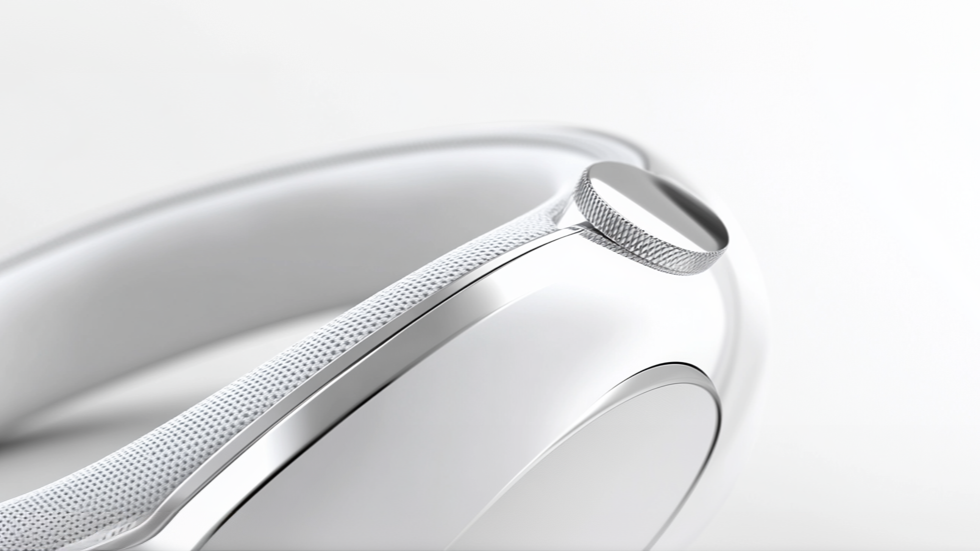
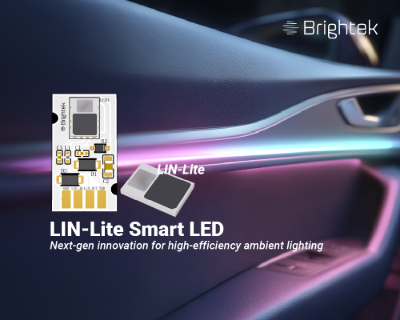
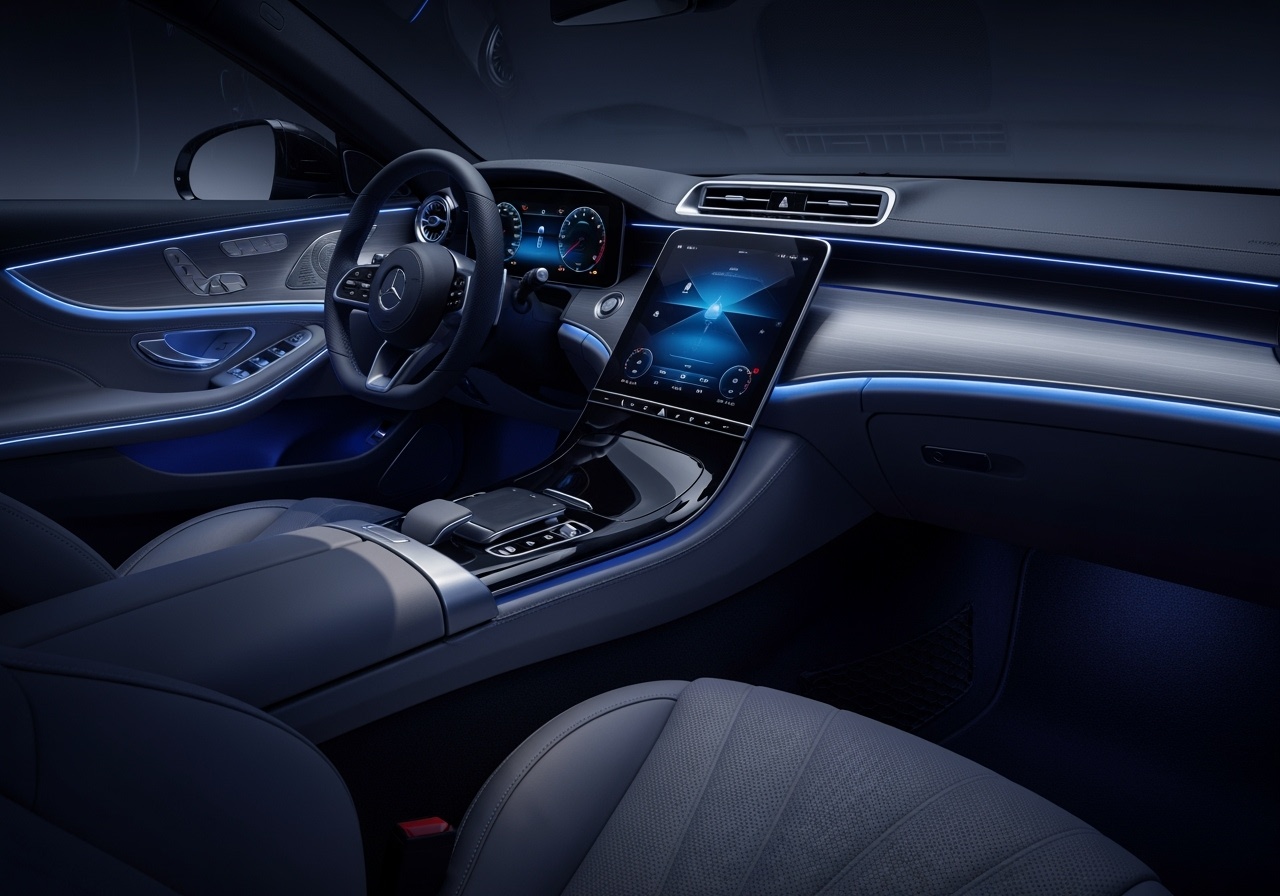






 Brightek
Brightek
